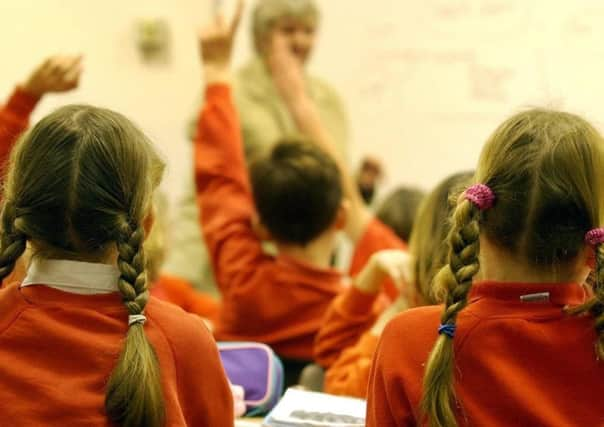Fears for future of rural Yorkshire communities as schools face budget squeeze


North Yorkshire County Council, revealing one in five of its 350 schools is set to be in deficit by the end of the academic year, has warned it faces “difficult decisions” trying to live within its means.
And, executive members say, the impact isn’t just on education but on a societal shift which is changing the fabric of Yorkshire’s rural communities and villages.
Advertisement
Hide AdAdvertisement
Hide Ad“We need to have a wider view and not look at schools in isolation,” said County Coun Patrick Mulligan, executive member for education, adding that rural communities are reliant on the very schools that are now facing pressure.
“The pattern that I’m concerned about is urban growth and rural population decline. We need to think what can be done to make villages sustainable and to attract families.”
Over the course of the past year, six small primary schools have closed in North Yorkshire, with the final decision over a seventh facing the axe to be taken this month.
Pupil numbers had plummeted, deficits risen, and each had struggled to attract teaching staff.
Advertisement
Hide AdAdvertisement
Hide AdNow it has emerged a rising number of schools in the county are struggling financially, with average deficits spiralling five-fold in the past five years to £100,000.
“Many people think the closure of a small school is the death knell for a village, but it is part of a bigger picture as to what’s happening in rural areas,” added County Coun Mulligan.
NYCC, lobbying politicians and central government for fairer funding, has revealed that 61 of its 350 schools are projected to be in deficit by the end of the academic year, double the number that started in September in financial difficulty.
Funding from central government is “insufficient”, said Howard Emmett, assistant director for strategic resources in the Children and Young People’s Service, equating to real-terms losses when coupled with rising pressures.
Advertisement
Hide AdAdvertisement
Hide Ad“There’s evidence that schools are dipping into reserves to fund their in-year cost pressures,” he said. “That is alongside a rising number of schools that are expected to be in deficit, and the deficits are bigger than they used to be.
“We need to think about how we support schools when we don’t have any money.
“We need to think more creatively about what we can do earlier in the process.
“We want to fight for a fair deal for our schools, but we also have to be pragmatic,” he added.
“That leaves us with some difficult decisions.”
Advertisement
Hide AdAdvertisement
Hide AdA Department for Education spokesperson said: “By 2020, core school funding will rise to a record £43.5 billion – the highest ever – and 50 per cent more per pupil in real terms than in 2000. Across North Yorkshire schools would gain 4.4 per cent - equivalent to £14.4m – once the national funding formula is implemented in full.
“We recognise that smaller, more remote schools face different funding pressures which is why we have made an additional £26 million available to help them. This means that across England, rural schools will gain on average 3.9 per cent through the formula, with those schools in the most remote locations gaining 5 per cent.
“We trust schools to manage their own budgets and the vast majority are operating with a cumulative surplus.”